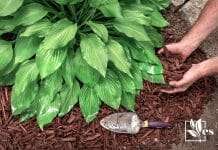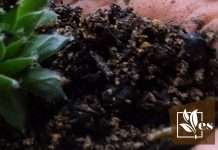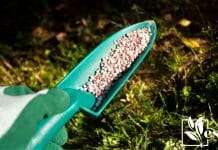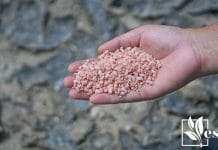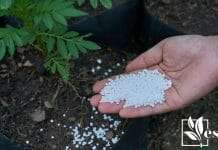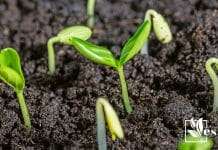Fish fertilizer is a natural product widely appreciated in organic gardening, offering a sustainable and eco-friendly alternative to synthetic fertilizers. My experience with fish fertilizer has shown it to be highly effective due to the concentration of nutrients, particularly nitrogen (N), phosphorus (P), and potassium (K), often mentioned in ratios like 5-1-1. These nutrients are essential for healthy plant growth, and fish-based fertilizers make them readily available.
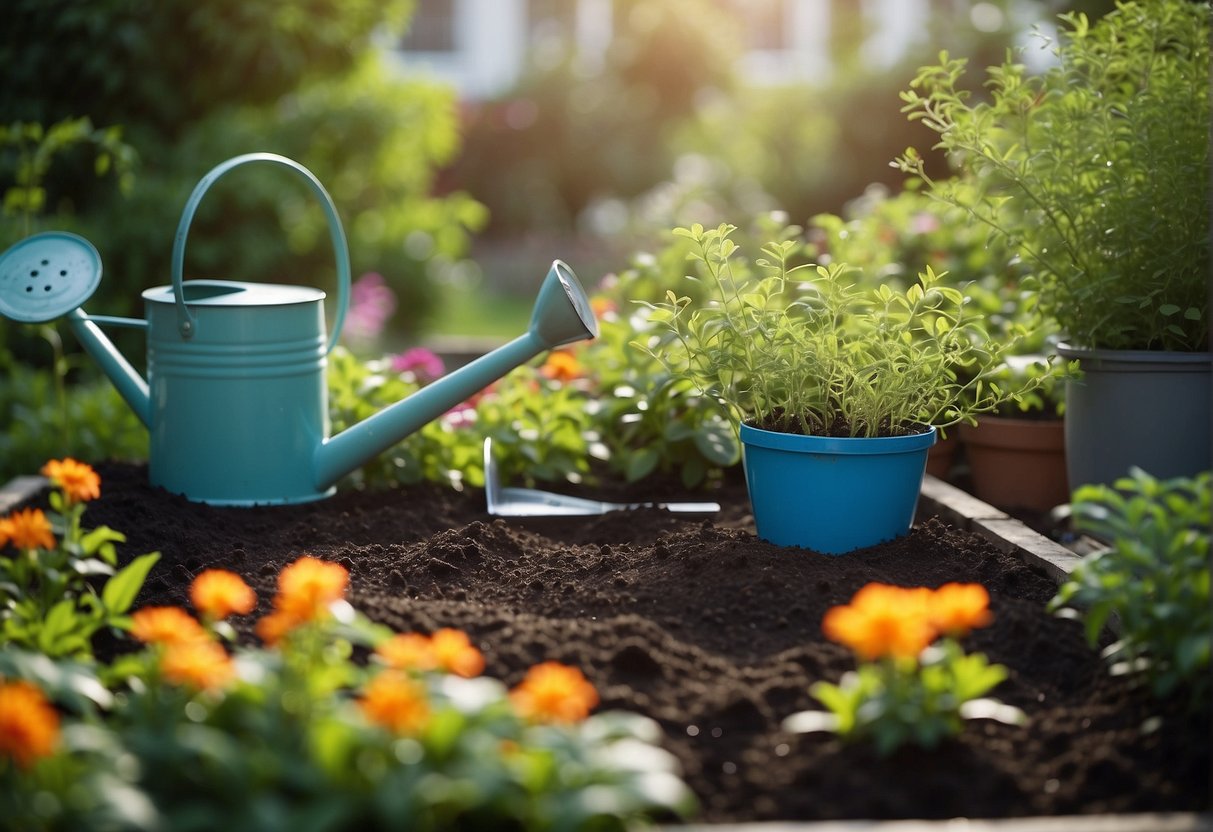
What makes fish fertilizer particularly suitable for sustainable practices is its source—often derived from the by-products of the fishing industry. This ensures that the entire fish is utilized, reducing waste. I have found that its application promotes the growth of not only the plants but also the beneficial microbes in the soil. These microbes are crucial for converting organic matter into a form that plant roots can absorb.
Using fish fertilizer aligns with my values of promoting eco-friendly practices in my garden. It does not just feed the plants; it enhances the soil structure and contributes to the well-being of the garden’s ecosystem, which includes earthworms, bees, and other pollinators. In my quest for sustainable gardening solutions, fish fertilizer stands out as a robust option, advancing the health of plants while respecting the environment.
JUMP TO TOPIC
The Benefits of Fish-Based Fertilizers
Fish-based fertilizers are an organic option that I find particularly effective for improving plant growth and soil health. These fertilizers release nutrients at a slower rate than synthetic ones and are less likely to cause nutrient burn to plants.
Different Types and Their Benefits
💥 Types of Fish-Based Fertilizers
Fish-based fertilizers typically come in three main forms:
- Fish emulsion: A liquid product most valued for its quick nutrient release, especially high in nitrogen.
- Fish meal: A solid substance with a slow-release of potent nutrients.
- Fish hydrolysate: A partially digested product that provides a more balanced nutrient release.
- They are a rich source of essential nutrients like nitrogen, phosphorus, and potassium.
- Provide macro and micronutrients that plants need for robust growth.
- Contribute to the overall organic matter content of the soil.
- Improve soil texture which promotes healthy root development.
The Role of Fish Fertilizers in Plant Growth
Fish fertilizers play a vital role in providing a sustainable source of organic nutrients necessary for plant growth. These nutrients not only support the vegetative and reproductive stages of a plant’s life cycle but also bolster the soil’s own nutrient cycles.
| Nutrient | Function | Typical Content in Fish Fertilizer |
|---|---|---|
| Nitrogen | Essential for leaf and stem growth | ~5% |
| Phosphorus | Important for root development and flowering | Varies, fish bone meal ~16% |
| Potassium | Crucial for overall plant health | ~1% |
My experience with fish fertilizers has shown an improvement in soil microbe activity which, in turn, helps plants access more nutrients. This natural cycle leads to stronger, healthier plants that can withstand pests and diseases more effectively.
How to Apply Fish-Based Products in Gardening
When I use fish fertilizers, I find them particularly effective for both indoor and outdoor plants due to their nutrient composition and ease of application. I’ll share how I mix and apply these products and the timing that I have found works best.
Mixing and Application Techniques
I dilute the fish emulsion with water before application. Typically, I combine ½ ounce (approximately 14 grams) of fish emulsion with one gallon (3.78 liters) of water, ensuring the solution is well mixed. Using a watering can or sprayer, I apply the diluted fish fertilizer directly to the soil around the base of the plants. For leafy vegetables and delicate plants like tomatoes, a foliar spray helps with direct nutrient absorption through their leaves. When applying as a soil drench, I make sure it reaches the entire root zone for optimal uptake.
Best Practices for Timing and Frequency
In my garden schedule, I use fish fertilizer primarily in the growing season, especially early spring, to give my plants a nutritious boost. I’ve had success applying the diluted solution to my plants twice per week, careful not to overdo it since high frequencies could lead to nutrient burn. This regiment promotes vigorous growth without the risk of burning my plants, which can happen with more concentrated fertilizers. It’s essential to apply fish emulsion during cool parts of the day, either early morning or late afternoon, to minimize the stress on plants and avoid the strong odor during the heat of the day.
Benefits of Fish-Based Fertilizers Over Synthetics
I find fish-based fertilizers to be greatly beneficial for the health of both plants and soil compared to their synthetic counterparts.
Fish-based fertilizers are a boon to the sustainable gardening practice, as they are naturally derived and provide a plethora of benefits that synthetic fertilizers do not. I’ll explain why I lean towards using these organic options in my gardens.
💚 Eco-Friendly & Sustainable
In terms of sustainability, fish fertilizer is clearly ahead. It is made from byproducts of the fishing industry, which means it helps in reducing waste. As they break down, these fertilizers slowly release nutrients without the risk of run-off into waterways, a problem often associated with synthetic fertilizers.
Furthermore, fish fertilizers are linked to fostering healthy soil. They feed the soil and the plants by nurturing the microecosystem, which includes microorganisms, bacteria, and fungi. This leads to the creation of a robust soil environment that supports plant growth and heightens nutrient uptake.
What’s striking is that fish fertilizers are usually burn-free. Synthetic fertilizers can cause nutrient burn if not applied correctly due to their high and concentrated nutrient content. Fish-based alternatives supply nutrients in a more diluted form that is gentler on plants, reducing the risk of over-fertilization.
In my experience, applying fish fertilizer bears witness to visible results in plant health and vitality. It demonstrates the potential that lies in choosing organic, natural approaches to gardening and farming—a decision that benefits us, our plants, and our planet.
Diversifying with Complementary Organic Additives
In the quest for vibrant gardens and healthy plant growth, I’ve found that combining fish emulsion with other organic additives can greatly improve soil vitality. Let’s examine how this multifaceted approach can be a game-changer for your garden’s ecosystem.
Enhancing Soil Health with Supplementary Organics
Supplementing fish emulsion, a product known for its nitrogen, phosphorus, potassium (N-P-K) content, and micronutrients, with additional organic matter is a strategy I advocate for to boost soil health. Here are some specifics:
By adding seaweed fertilizer, compost, and molasses to fish fertilizer, you can introduce an array of minerals, enzymes, amino acids, and vitamins, elevating the nutrient profile of your soil.
Seaweed fertilizer, for example, is rich in trace minerals and plant hormones that can enhance root development and stress resistance in plants. I often mix it into the soil or apply it as a foliar spray.
Compost introduces beneficial microorganisms and organic matter that improve soil structure and water retention. I consistently incorporate compost into my garden beds to maintain a fertile growing environment.
Molasses, a lesser-known addition, feeds beneficial soil bacteria. Its sugar content acts as an energy source for these microbes, which in turn produce enzymes and amino acids necessary for healthy plant growth.
Lastly, balanced fertilization includes the addition of calcium, magnesium, and sulfur. Calcium is essential for cell wall strength, magnesium is a critical component of chlorophyll, and sulfur plays a key role in many plant functions. Ensuring that these minerals are present can be done through specific organic amendments tailored to the needs of your soil.

By integrating these supplements with fish emulsion, we create a more dynamic and efficient feeding program for our gardens that is adaptable to various plant needs and soil conditions.






